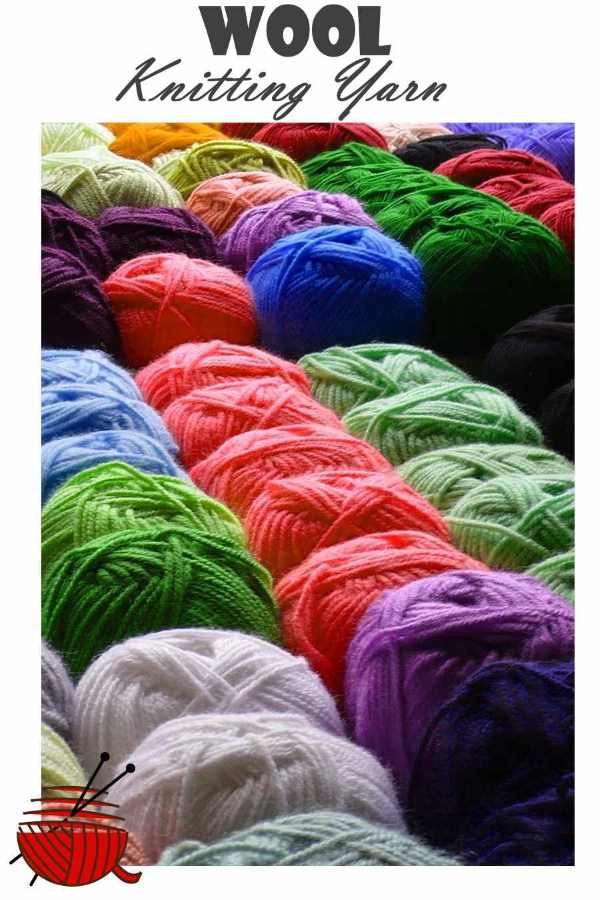- Home
- Wool Knitting Yarn
Wool Knitting Yarn
Wool Knitting Yarn, by Janice Jones
When we think of wool knitting yarn, we usually invision a flock of sheep, grazing lazily on a hillside and you would be absolutely correct to assume our wool knitting yarn comes from sheep. But did you know that yarn is created from the natural fibers of many different types of animals?
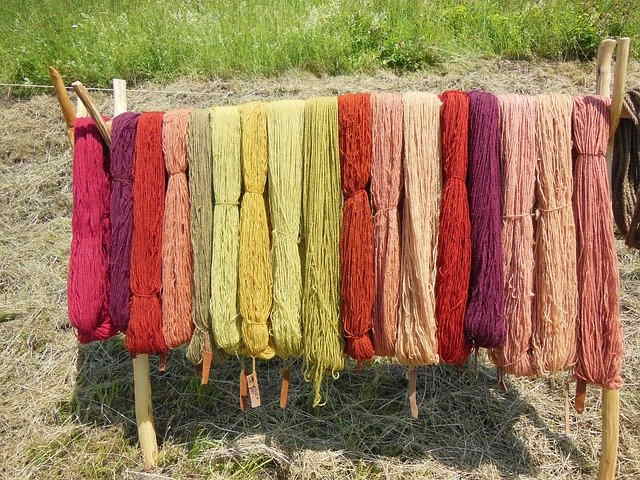 Image by Susbany from Pixabay
Image by Susbany from PixabayIt's not unusual to locate a wide range of natural fibers from animals. Consider lambswool sweaters, Tweed wool jackets, mohair, alpaca and cashmere garments. Then there is also merino wool that is vastly popular these days and even silk.
Technically, if a product says it is wool, then it comes from one of the many different breeds of sheep and yes, there are many.
If you are passionate about crocheting or knitting, at some point you will want to dabble into natural fibers many of them made from animals, but even plant based fibers are very popular for a wide assortment of projects.
What animals are used for their fur/hair in making fibers for crocheting or knitting?
According to Wikipedia, some of the rarer sources of animal fibers include: camel, yak, possum, musk ox, vicuña, cat, dog, wolf, rabbit, or bison hair, and even chinchilla as well as turkey or ostrich feathers. Yarns made by some of these rare sources will like be created by combining more than one source. You will also likely pay more for these exotic sources.
What are the more common natural wool knitting yarns you will encounter?
Wool Knitting Yarns
You will find many of these more expensive yarns in local yarn shops or online. Consider carefully, as some of these beautiful fibers come with a hefty price tag and beginners should shy away from them until they feel confident in their abilities
Sheep's Wool

Probably the least expensive of the natural fibers made from animals, sheep's wool is warm and breathable, an obvious fiber for winter clothing. It's temperature regulated which helps keep you from overheating. Wools are often used in baby layettes.
Wool, as versatile as it is, won't be perfect for everyone. It includes a substance, lanolin, which makes the wool (and the sheep) water repellent and dirt free. Some people are allergic to lanolin.
Lambswool
This yarn is made of 100% long-staple wool fibers and the label will likely tell you where it originated. It's very fine and tightly spun and is great for both crochet and knit projects.
Merino wool
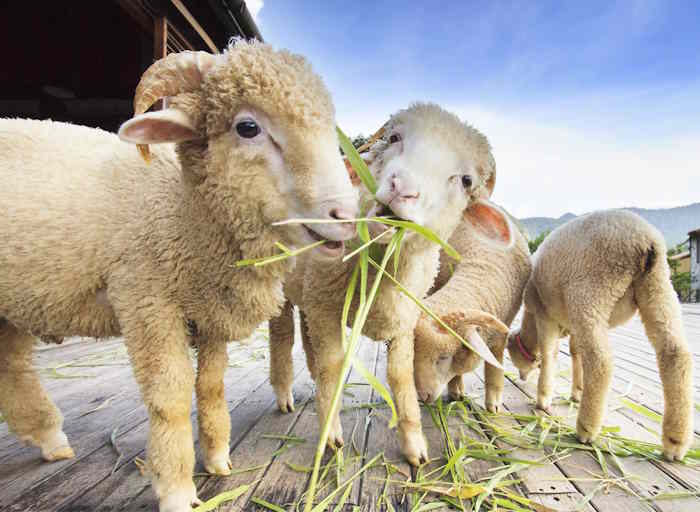
This type of wool is very soft , light and garments made with this wool aver warm and even elastic. It is good for both crocheting and knitting and can be used to make lovely garments and baby clothes. It's also a great choice for blankets because it is lightweight and breathable.
Tweed Wool
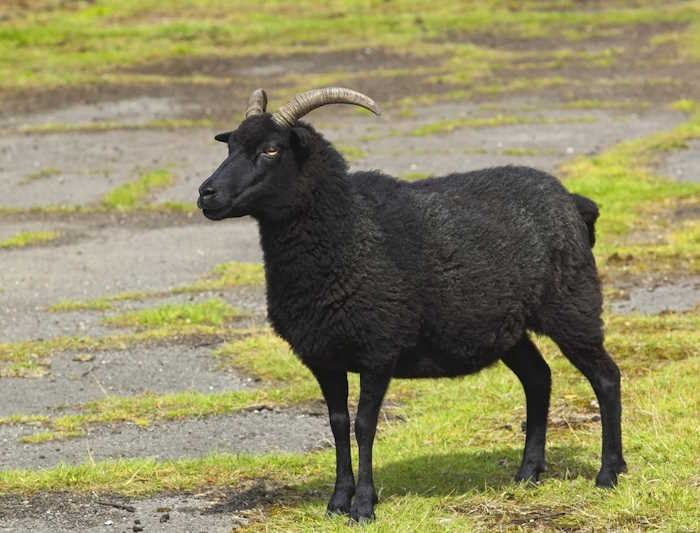
This wool comes from Scotland or Ireland and is made from the black faced Hebridean sheep. It's strong and often comes in the natural colors, borrowed from plants from that region. Some are heavier and need larger needles but others require very small crochet hooks, less than 4.5 mm.
Baby Wool
This is one of the softest yarns and is produced from the first shearing of lambs when they reach 6 to 7 months old. This fiber can also be mixed with others such as cashmere or alpaca. Baby wool is perfect for baby clothes and other items made for infant layettes.
Mohair
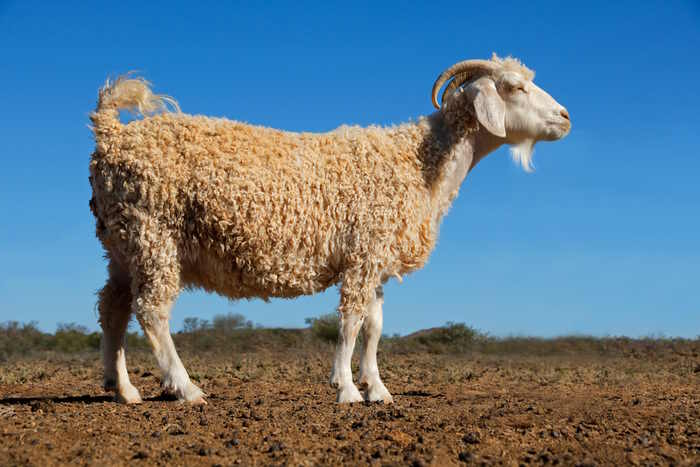
Mohair comes from the angora goat originally from Turkey. So, it's technically not wool. Fibers are very long and look a lot like sheep's wool. The term, "Kid mohair" means that the fiber was obtained from the first sheering of young goats.
Alpaca
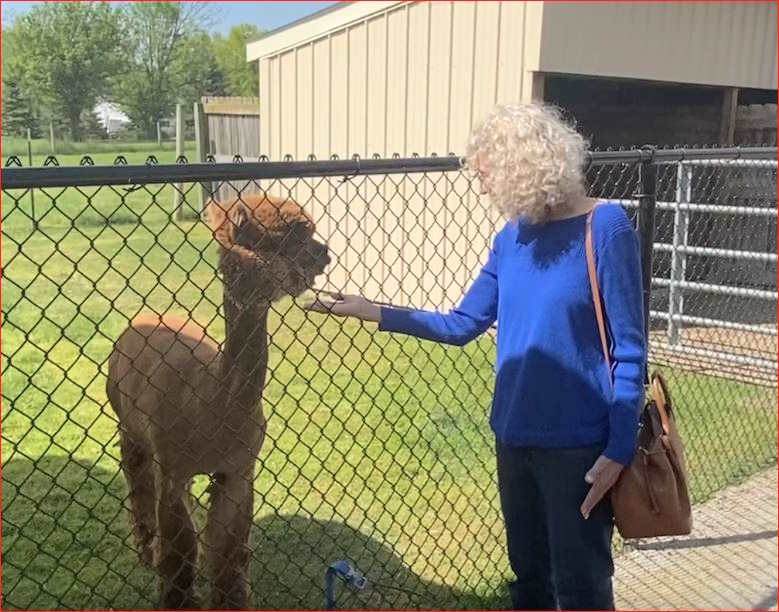
Naturally, Alpaca comes from the alpaca, a cousin of the camel and is native to South America. The fiber is soft, fine, smooth and a little elastic. You will find that some yarns contain both alpaca and sheep fibers. It's expensive because it is rare, so save this yarn for a special occasion. If it is 100% Alpaca or Baby Alpaca, it should be labeled as such and you should not see the word, "wool" on the label.
Cashmere
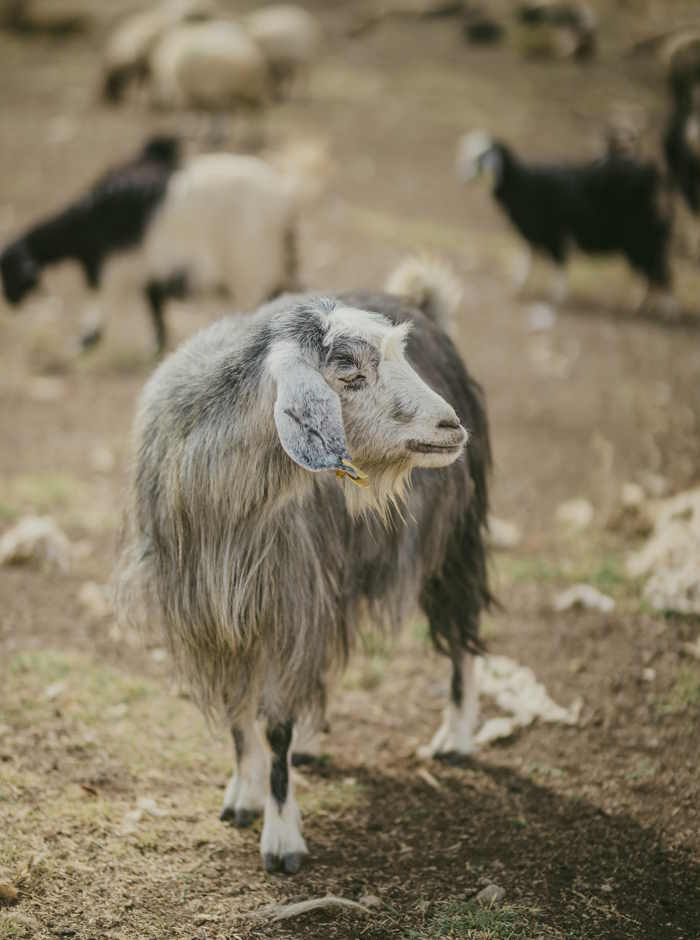
The cashmere goat provides this fiber for us and it originated in the high valleys of the Himalayas. The fiber is made up of long, fine hair and a soft downy undercoat. Only the undercoat is used for cashmere yarn which is why it is so soft. Cashmere goats are not sheared because it does not secrete lanolin. Rather, the goats are combed once a year which creates about 3 to 5 ounces of fiber per animal.
You won't likely see 100% cashmere on the market but rather, it is combined with other fibers.
Silk
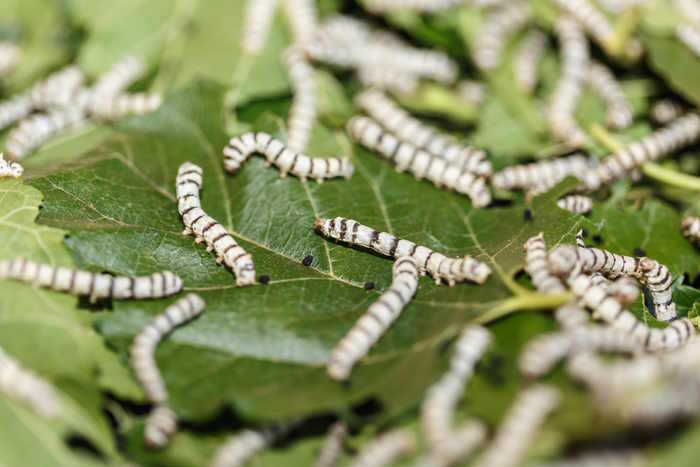
While not exactly a wool, silk is another fiber that comes from a natural animal source, the mulberry silk moth.
The Good and Bad of Wool Yarns
As a knitter and crochet enthusiast, I love wool. It's easy to work with, normally doesn't split, blocks extremely well, and maintains its shape. It is also incredibly warm when worked into projects such as sweaters, vests, scarves, and mittens. But there are more pros and also some cons for using wools.
Wool Knitting Yarn: Pros
- Warm and dry
- Easy on the hands
- Can be used in a vast variety of projects
- Comes in a huge selections of types, colors, and weights
- Some are machine washable
- Generally flame retardant so better than many synthetic fibers
- Extremely durable. Can last a lifetime.
- Less prone to static
- Dirt particles can brush off and remove stains
- Holds stitches easier making it much easier to block than synthetics
- Great for beginners as it is easy to see stitches
- Sustainable, sourced from animal sources and not plastics
Cons of Wool Knitting Yarns
- Can be pricy
- You may be allergic and can't knit or crochet with wool
- You may experience allergy symptoms such as skin, eye, or nasal irritations if you have allergies
- Most 100% wools that have not been treated must be hand washed
- Can fade if left in direct sunlight
- Can be a big treat for moths and insects - Store accordingly
- Can felt if placed in the washing machine
